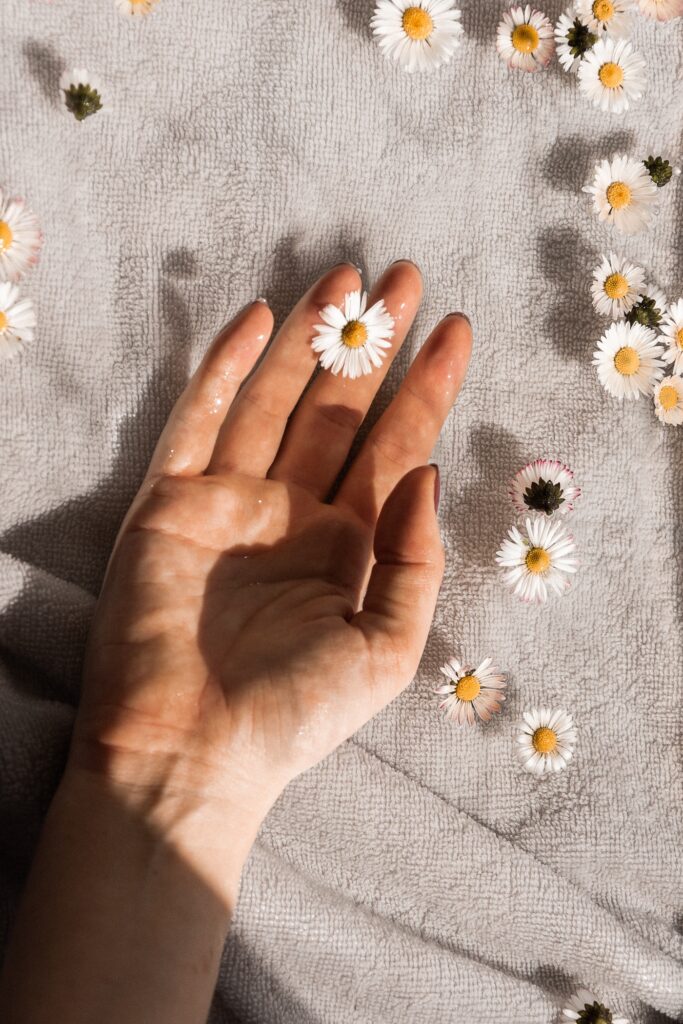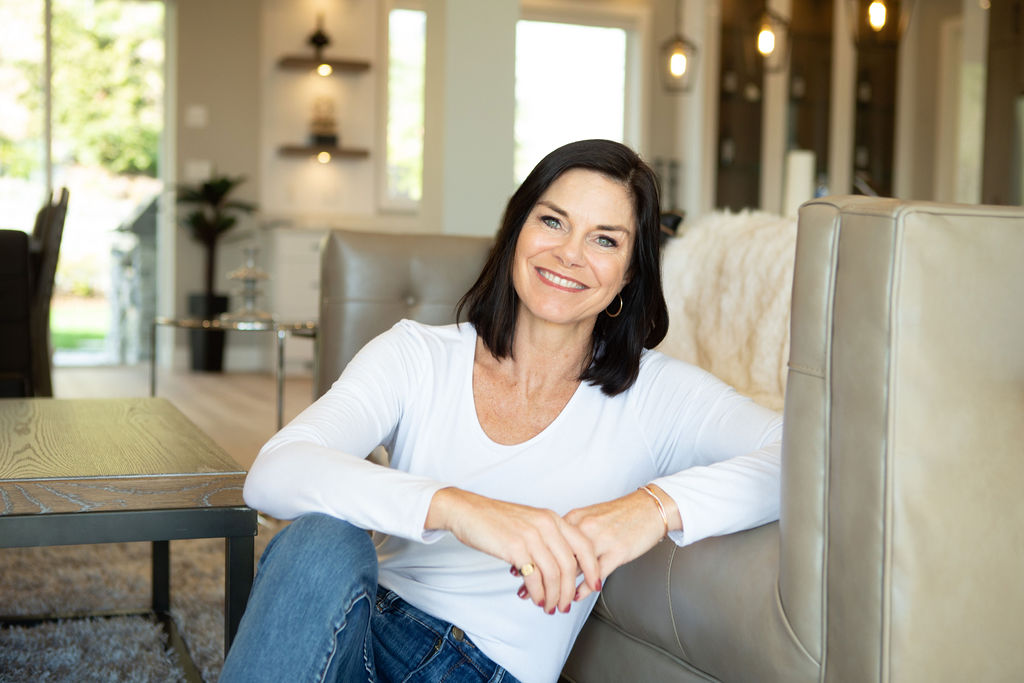Let’s face it.
Microdosing doesn’t always work. Microdosing isn’t always right for everyone.
To be honest, microdosing might not work at all, as some studies imply the benefits of microdosing might simply be the result of the placebo effect (and, let’s just put that in context for a moment, there are also studies that imply SSRIs and other pharmaceutical benefits are simply the result of the placebo effect as well).
However, as a Microdosing Educator and Guide who has supported hundreds of people in their microdosing experiences, I dare to say that for the majority of people who have told me “I tried it, but it didn’t work” or “I liked it, but I had to stop because [some negative side effect]”, there may be reasons WHY that is and, when those reasons are explored, they often open the door to microdosing benefits.
I think the best place to start this discussion is to make a distinction between “taking a microdose” and “microdosing for transformation”.


